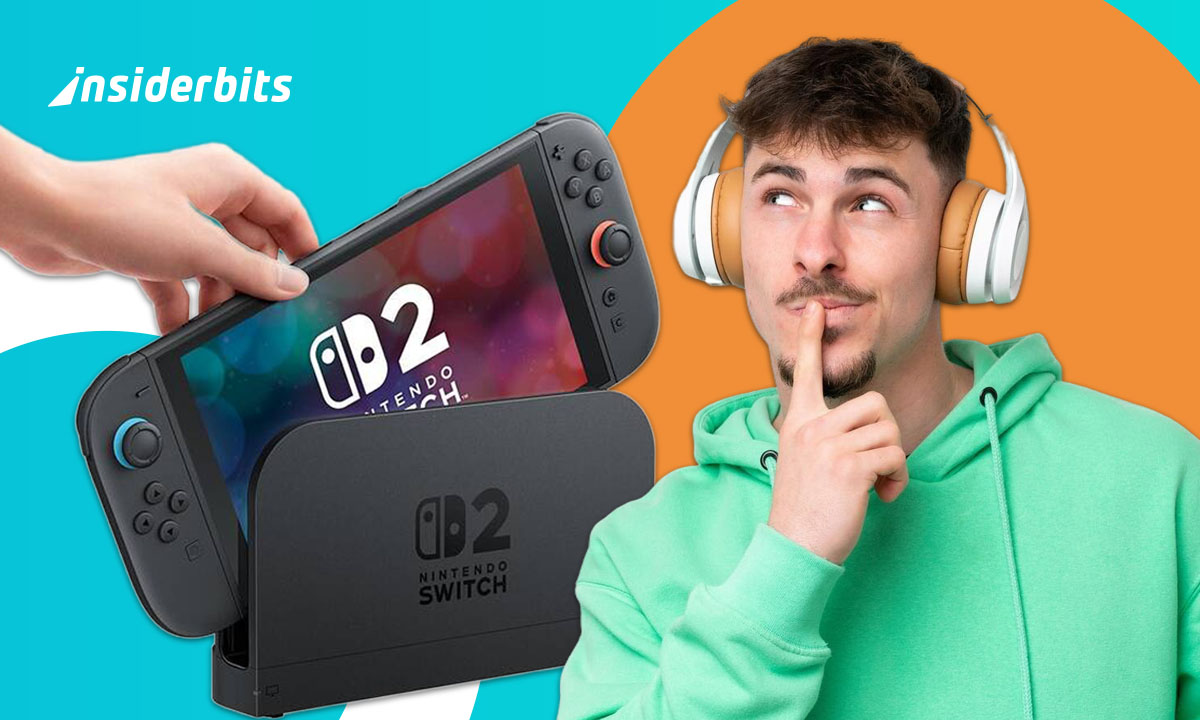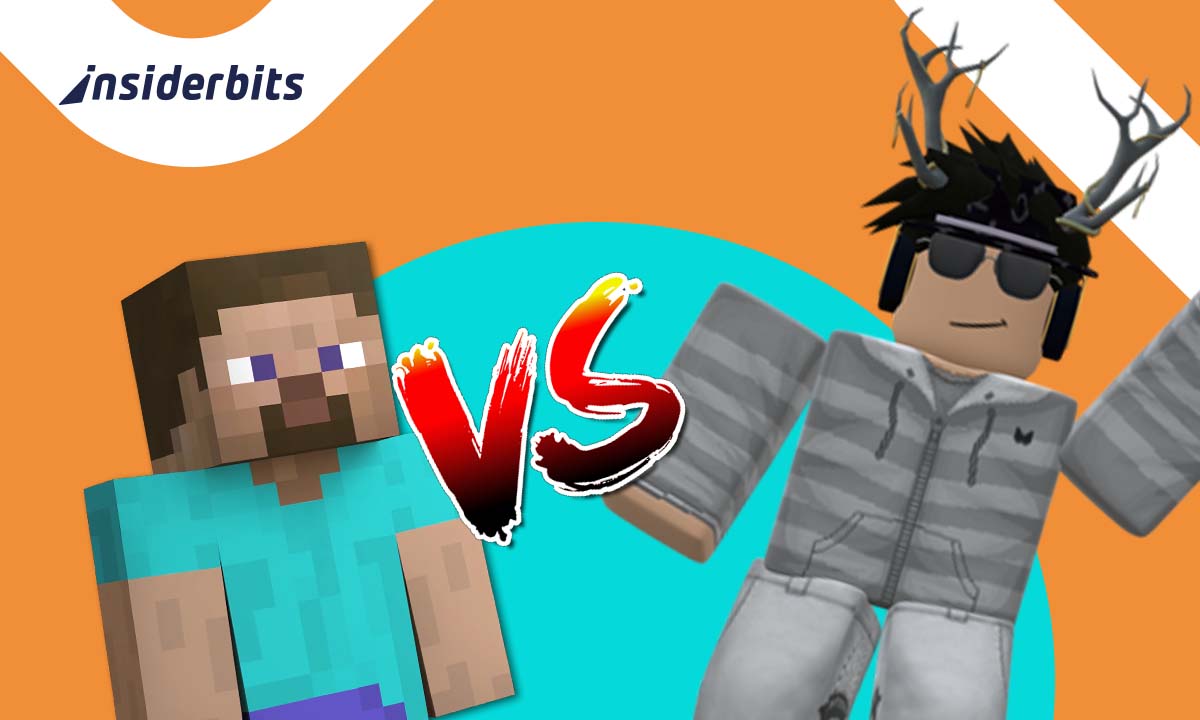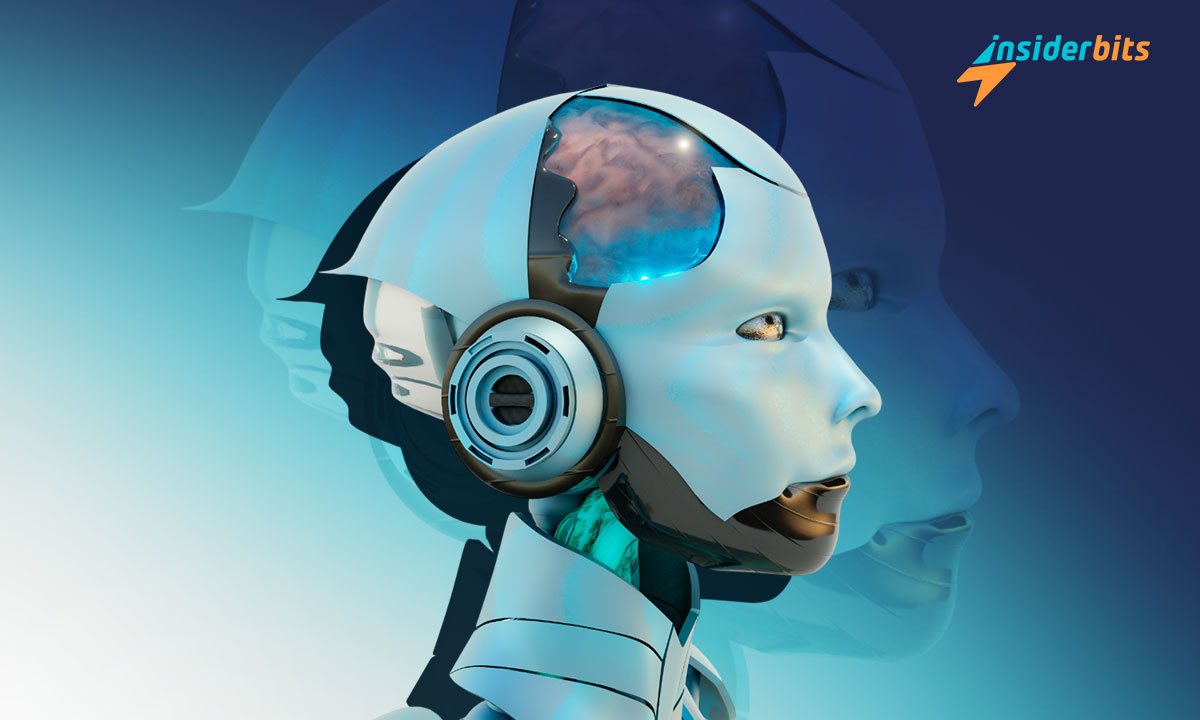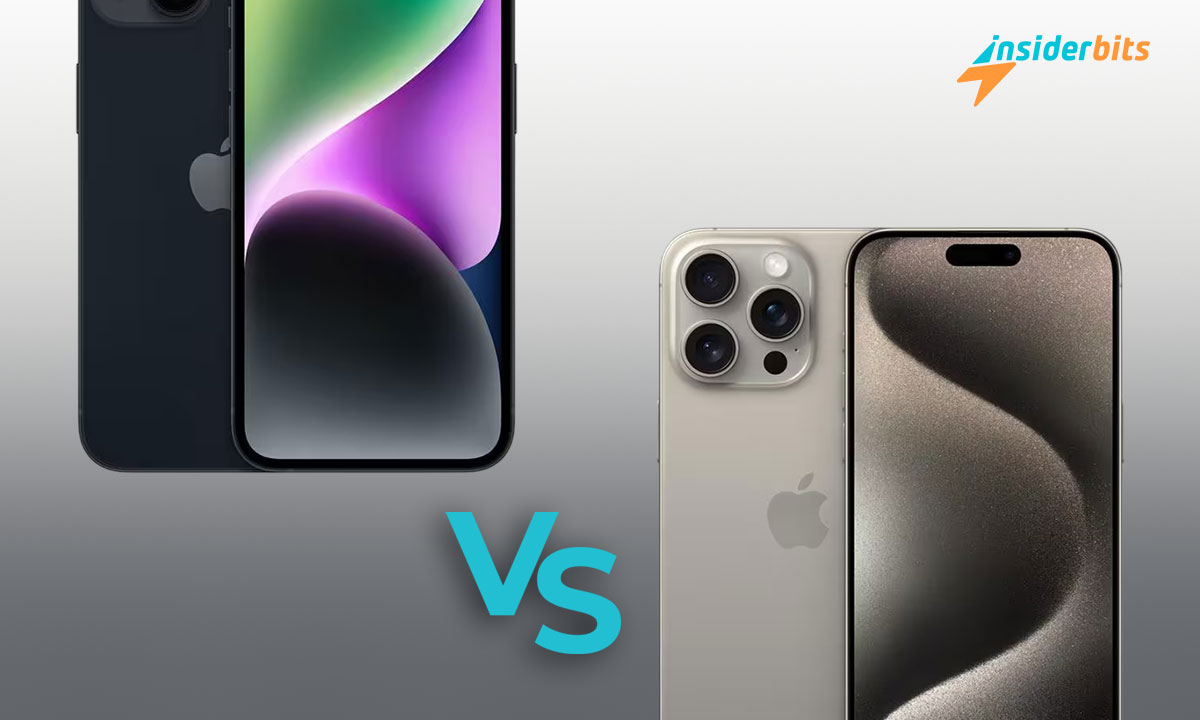Nintendo has officially announced the Switch 2, generating excitement from fans eager to explore how this new model improves upon the original hybrid console. Nintendo Switch 2 introduces several design and performance updates that aim to refine general gameplay, visual quality, user interaction across all modes, and other improvements.
As with any console evolution, many gamers are wondering whether these changes justify an upgrade or if the first Switch still holds up. This comparison breaks down the most noticeable advancements and what they mean for players looking to stay ahead in the Nintendo ecosystem.
Nintendo Switch 2 vs. Switch 1: What Sets Them Apart?
From this announcement, fans can expect the Nintendo Switch 2 to preserve the versatility of its predecessor while offering a refined, smarter integration, subtle design adjustments, and a stronger sense of system stability.
While the hybrid concept remains at the core, the new model improves transitions between handheld and docked modes through tighter hardware coordination and software responsiveness.
With the new upgrades, the interface will from now on feel more fluid, with reduced input lag, faster access to features, smoother navigation between apps and games across user profiles.
Although the shape appears familiar, the upgraded materials and overall structure feel sturdier in hand, offering a more premium impression without abandoning portability.
Nintendo Switch 2 isn’t an attempt to reinvent the console. The new model enhances it in meaningful ways that affect everyday interaction and long-term usability.
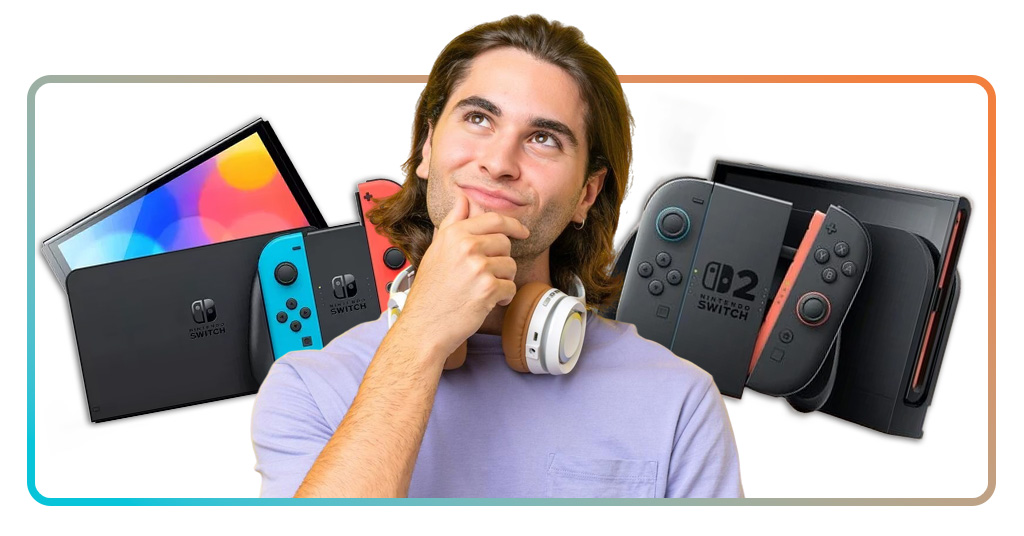
Display and Performance Enhancements in Switch 2
One of the most noticeable upgrades in the Switch 2 lies in its 7.9-inch display, now supporting HDR and VRR for more vibrant colors and smoother motion handling.
This panel elevates the visual experience during both handheld and tabletop play, allowing games to display with richer contrast and more fluid frame pacing.
Nevertheless, performance, which is the most important gain, comes from a customized NVIDIA chipset, which delivers faster rendering speeds.
That means this video game will have reduced load times and better optimization across more demanding titles.
The result is an experience that feels more consistent, particularly during large open-world gameplay or fast-paced action scenes with high particle effects.
Together, these enhancements create a console that meets modern visual standards while retaining the accessibility that defined the original Switch.
Switch 1 vs. Switch 2: Which One is More Cost-Effective?
The original Nintendo Switch was launched in 2017 with a competitive price that reflected its hybrid appeal, positioning it as an accessible console for both casual and core gamers.
Over the years, slight price shifts and special edition bundles gave buyers flexibility, with the base model often available around the $299 range.
Also, you can choose the Nintendo Switch Lite version that’s available for $199.
Mit dem Switch 2, Nintendo raised the bar in both hardware and cost, introducing the new model with a launch price starting at $449 depending on the edition.
That increase reflects the upgraded screen and exclusive content access, but it also places the new console closer to premium territory.
Joy-Con Controllers: What’s New and Improved?
The Joy-Con 2 controllers will introduce functional changes that elevate how players connect and interact with the console.
Magnetic locking replaces the sliding rail mechanism, giving a secure and satisfying snap that eliminates the looseness some users experienced with previous models.
Besides that, enhanced motion sensors now offer finer tracking, while improved haptics allow for more immersive responses that align closely with game environments.
The new controllers also feature longer battery life and more durable components, addressing two major concerns raised by long-time Switch users.
With these upgrades, the Joy-Con 2 shifts from being a simple input tool to becoming a more reliable, tactile extension of the system itself.
Game Compatibility and Exclusive Titles
One of the major good news is that Nintendo ensured that the Switch 2 remains backward compatible with virtually the entire game library of its predecessor, maintaining support for physical and digital purchases.
This commitment to continuity allows users to pick up right where they left off, without the need to repurchase or reconfigure their game collections.
At the same time, new exclusive titles are emerging that use the upgraded specs to offer larger game worlds and more dynamic interactivity.
The blend of compatibility and innovation allows the Switch 2 to serve both returning players and those seeking next-generation Nintendo experiences.
GameCube’s Comeback & Other Surprises in the Switch 2
We already saw Switch 2 will have major upgrades towards performance, however, Nintendo packed this platform with delivering tools and features that shift how players interact with games on a daily basis.
One of the most surprising additions is the ability to use Joy-Con controllers as motion-enabled pointers, effectively functioning like a mouse in supported games and menus.
Storage has also been expanded. The original Nintendo Switch has only 32GB, the Switch 2 offering more internal capacity.
It counts on 256GB to accommodate larger downloads, reducing dependence on microSD cards or constant data management.
Perhaps the most celebrated technical leap is the new support for 4K resolution and 120 FPS output when docked, allowing visuals to scale with modern displays.
But what truly sparked excitement among longtime fans is the return of Nintendo GameCube titles within the Nintendo Classics library, bringing a wave of nostalgia and long-awaited access to legendary releases from a beloved era.
Is Upgrading to Switch 2 Worth It?
For many gamers, especially those who spend time in handheld or tabletop mode, the Switch 2 delivers meaningful improvements that go beyond surface-level updates.
The enhanced display, faster internals, and upgraded controllers create a smoother, more immersive gaming environment with fewer frustrations and greater versatility.
However, for those who rarely use portable mode or are satisfied with current game performance, the incentive to upgrade might feel more dependent on upcoming exclusives.
The growing number of Switch 2-specific titles and system-level refinements suggest that the value of upgrading will continue to increase over time.
Ultimately, the decision hinges on personal habits and expectations, but the Switch 2 presents a compelling case for anyone seeking a better experience within the Nintendo universe.
Nintendo Switch 2 vs. Switch 1: Key Differences and Upgrades – Conclusion
The Switch 2 builds on a winning formula, strengthening mainly its visuals and controls even more, without losing what made the original model a success.
Its improvements may feel subtle at first, but they combine into a smoother, more immersive experience that grows more valuable with every session.
Those who embrace the Switch 2 early may find themselves better positioned as future releases begin to harness the system’s full potential, offering smoother gameplay and exclusive experiences not available on older hardware.
Verwandt: Die besten plattformübergreifenden Spiele, die Sie im Jahr 2025 überall spielen können
Hat Ihnen dieser Artikel gefallen? Speichern Sie den Insiderbits-Blog unter Ihren Favoriten, um die neuesten Tools, kreativen technischen Tipps und bahnbrechenden Entwicklungen in der Bildbearbeitung zu erhalten!
